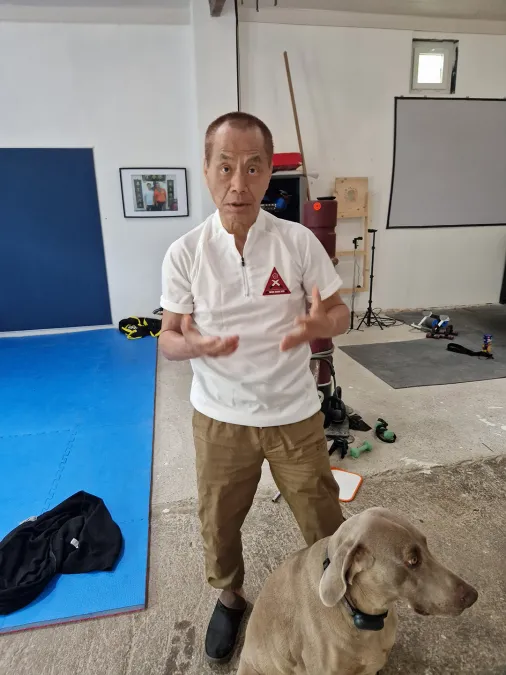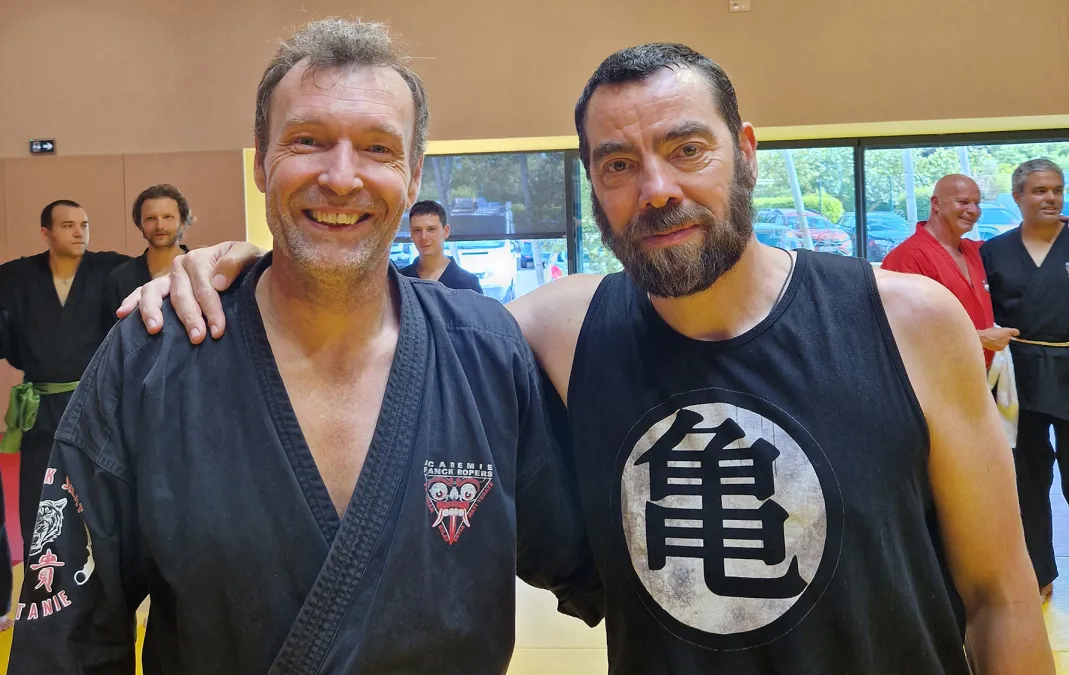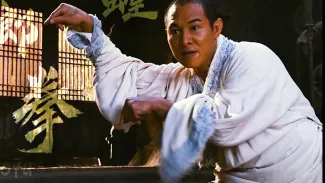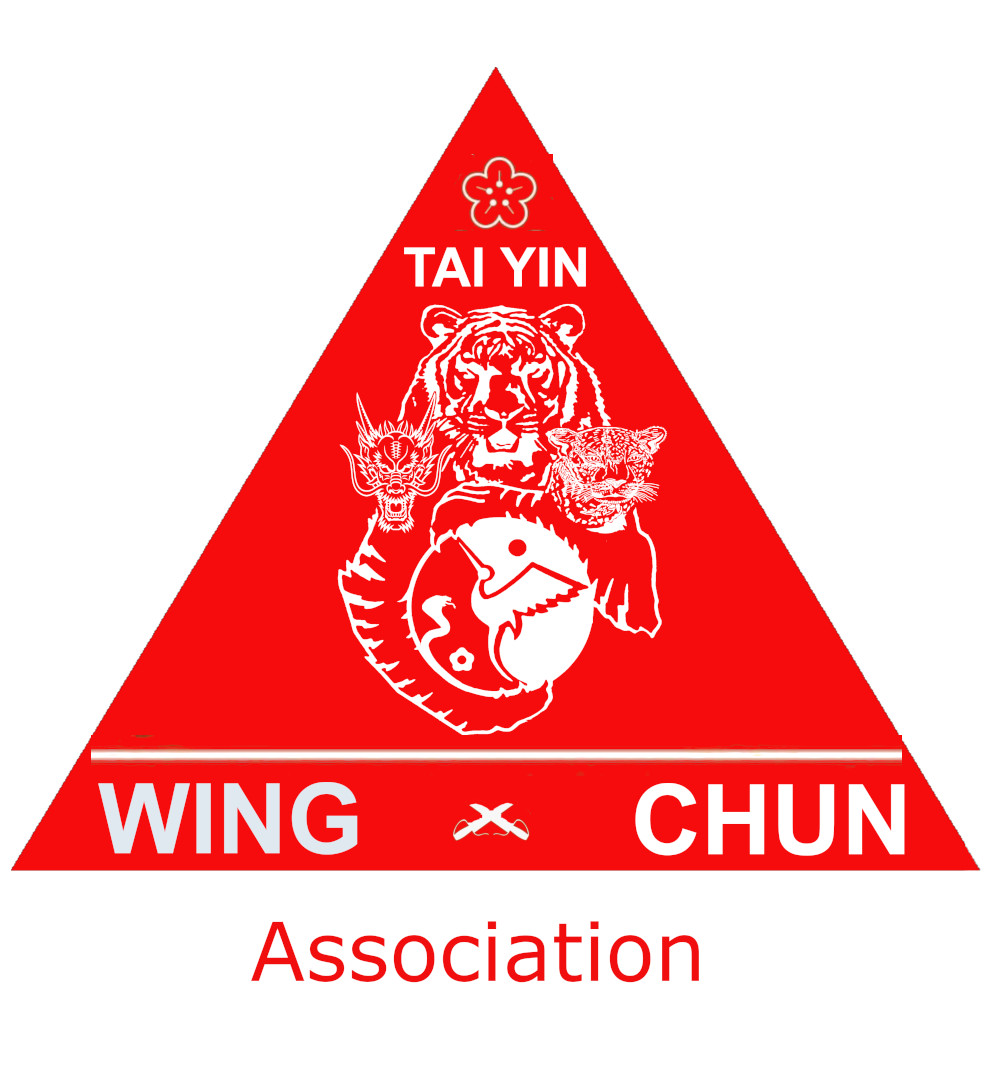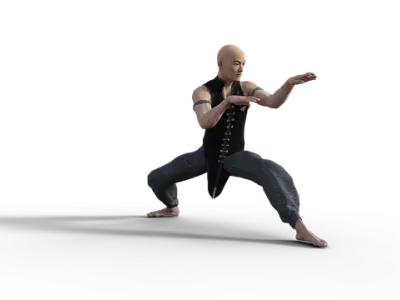
🕷️ The Kung Fu Tang Lang: Heritage and Modern Practice 🥋
Introduction
Kung Fu Tang Lang, also known as the Praying Mantis style, is a legendary Chinese martial art. It is deeply rooted in ancient traditions and philosophies while still being widely practiced today, particularly in Taiwan and Taipei. But did you know it can also perfectly complement Wing Chun? Get ready to dive into this fascinating world that blends fast techniques, fluid movements, and strategy. Curious to learn more? Let’s go!
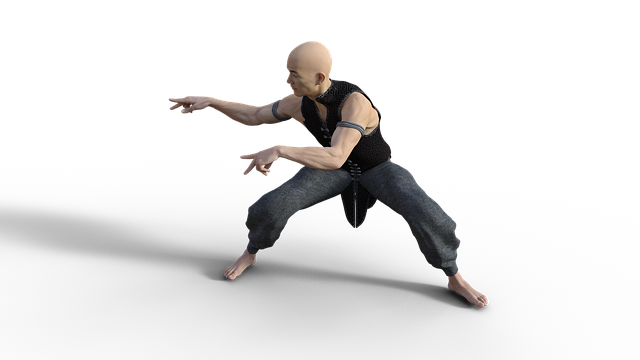
🕰️ History and Origins of Kung Fu Tang Lang
The history of Kung Fu Tang Lang dates back over 400 years to China's Shandong province. Inspired by the fast and precise movements of the praying mantis, this style was designed to imitate the defensive and offensive techniques of this insect.
- A strategic art: it favors short and rapid attacks.
- Philosophy: it emphasizes patience and thought before action.
- Development in Taiwan: this art thrived particularly in Taiwan and Taipei, becoming a respected discipline.
The style has been passed down from generation to generation but not without evolution. Over the centuries, different variations emerged, integrating elements from other Chinese martial styles. These adaptations make Kung Fu Tang Lang incredibly rich and diverse. The masters of Taiwan, in particular, are known for refining these techniques while preserving the essence of the original style. 🌟
In China, each region has added its unique touch to Tang Lang. For example, some schools focus more on fast strikes, while others emphasize grappling techniques. This reflects the cultural diversity and ingenuity of the masters who have preserved this art. Today, Tang Lang enthusiasts gather at festivals, seminars, and even international competitions to celebrate this heritage. 🏆
🧘♂️ Philosophy of Kung Fu Tang Lang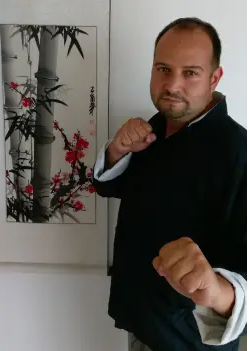
The philosophy of Tang Lang is based on harmony between body and mind. Observing a praying mantis, the first masters noted its patience and precision—essential qualities for any practitioner to cultivate.
- Balance: each movement must be fluid and controlled.
- Adaptability: like the mantis, learn to react quickly to any situation.
- Perseverance: mastery comes with time and regular practice.
"Kung Fu Tang Lang is not just a fighting art; it is a way of life." 🥋
This philosophy also applies outside the dojo. Many practitioners report that Tang Lang's teachings help them manage stress, resolve conflicts calmly, and build self-confidence. As a holistic discipline, it positively influences daily life. 🌱
🥋 Key Techniques of Kung Fu Tang Lang
🖐️ Basic Stances
Tang Lang stances are designed to maximize stability and speed. Here are some of the most important:
- Mantis Stance: arms forward, hands ready to seize.
- Cat Stance: bent legs for quick movements.
- Tiger Stance: used for powerful and unpredictable strikes.
⚡ Punching and Grappling Techniques
- Qin Na: control and capturing techniques.
- Beng Quan: direct and powerful strikes.
- Pi Quan: rapid vertical strikes to unbalance the opponent.
- Shuai Jiao: projection and imbalance techniques.

